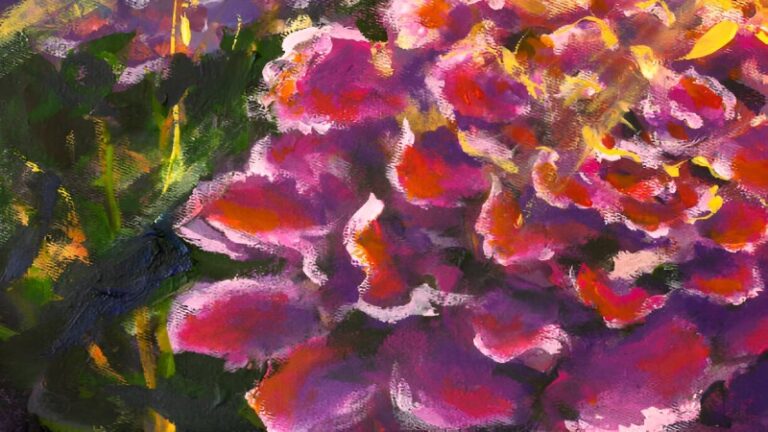Art, in its myriad forms, is a universal language, transcending borders, cultures, and eras. While our world is a tapestry woven with diverse languages and unique customs, the timeless echo of art resonates in every human experience. It’s more than just aesthetics art that profoundly shapes how we understand ourselves, our societies, and the very essence of being human. From ancient cave paintings to cutting-edge digital installations, art continually reflects, influences, and records our collective journey, providing invaluable insight into our values, ideologies, and beliefs.
Art as a Cultural Blueprint Across Time
Every culture, past and present, has used art as a powerful medium for communication and preservation. Consider the vibrant Aboriginal artwork of Australia, which isn’t merely decorative; it’s a living testament to ancestral traditions, spiritual beliefs, and intricate storytelling. These artistic expressions ensure the continuity of cultural heritage and foster cross-cultural appreciation. Similarly, the meticulous detail in ancient Egyptian pyramid building or the serene power of Buddhist Thangka paintings both served as integral components of religious ceremonies, connecting communities to something greater than themselves.
Throughout history, art has been a dynamic force in shaping cultural perception. It has sparked debate, highlighted societal issues, and even spurred social movements. From the classical beauty of ancient Greek statues to the revolutionary brushstrokes of Monet’s Impressionism, art has continually influenced our understanding of the past and molded our vision for the future.
Unveiling the Diverse Roles of Art
Art’s utility extends far beyond grand masterpieces in museums. It’s woven into the fabric of our daily lives, often in subtle yet significant ways. Think about the exquisite designs on jewelry or the personalized artwork adorning a coffee mug – these are small, everyday instances where art adds color and meaning.
Here are some key roles art plays in the human experience:
- Emotional Expression: Art provides a unique avenue for individuals to explore and transfer their inner emotions onto a tangible medium. Whether it’s the raw power of a painting or the intricate details of a sculpture, art allows for a deeply personal expression of joy, sadness, courage, and fear, forging connections with others that words often can’t achieve.
- Historical Documentation: Art serves as a visual chronicle of human history. Iconic works like Leonardo Da Vinci’s Mona Lisa and The Last Supper offer timeless glimpses into Renaissance-era human emotion and religious narratives. Dorothea Lange’s Migrant Mother, on the other hand, starkly reminds us of the resilience and struggles faced during the Great Depression.
- Catalyst for Change: Art has an undeniable power to influence societal discourse. Graffiti art can highlight urban experiences, while photography captures pivotal historical moments. Furthermore, art frequently elicits discussions on critical issues like equity, Indigenous rights, and healthcare access, inspiring new perspectives and driving social change.
Art’s Enduring Influence on Well-being and Innovation
Beyond its cultural and historical significance, art is increasingly recognized for its positive impact on individual well-being. Medical professionals are even studying its psychological effects, noting its potential to reduce stress, improve mood, and enhance cognitive function. The act of creating art, or even simply engaging with it, offers a powerful form of therapy and self-discovery.
Art in a New Era
The digital age has ushered in a thrilling new chapter for art. Virtual reality transports us into interactive, computer-generated worlds where art is no longer static. Traditional forms like painting and sculpture are also evolving, with artists utilizing tools like Photoshop and video game engines to create sophisticated works previously constrained by time and space. These technological advancements are pushing boundaries, fostering innovation, and widening the reach of artistic expression globally.
Why the Timeless Echo Continues to Resonate
The arts are a cornerstone of human expression, intrinsically woven into the very fabric of civilization. They continually adapt and evolve, reflecting our shared cultural beliefs, values, and norms, while simultaneously acting as a powerful catalyst for growth and transformation.
| Aspect of Human Experience | How Art Shapes It | Examples |
| Emotion & Empathy | Provides a universal language for feelings and fosters understanding. | Vincent van Gogh’s Starry Night, Frida Kahlo’s self-portraits. |
| Cultural Identity | Preserves heritage and reflects unique societal values. | Australian Aboriginal art, traditional folk music. |
| Social Commentary | Highlights issues and sparks dialogue for societal change. | Graffiti art, Dorothea Lange’s Migrant Mother. |
| Cognition & Well-being | Enhances mental health, creativity, and critical thinking. | Art therapy, engaging with complex visual narratives. |
| Historical Record | Documents past events, beliefs, and human conditions. | Ancient Egyptian hieroglyphs, Leonardo Da Vinci’s The Last Supper. |
Conclusion
The power of art to influence how we live, think, and interact with one another is undeniable. It transforms communication and expression, providing us with a unique platform to explore innovative solutions and continually push the boundaries of what’s possible. The timeless echo of art isn’t just about what we see or hear; it’s about how it shapes our very perception of the human experience.
Frequently Asked Questions (FAQs)
How does art shape human experience?
Art shapes human experience by serving as a universal language for emotional expression, a historical record, a cultural blueprint, and a catalyst for social change.
What role does art play in different cultures?
Art plays a vital role in cultures by preserving traditions, reflecting societal values, and providing unique insights into beliefs and ideologies across diverse communities.
Can art influence our emotions?
Absolutely. Art has a profound ability to evoke a wide range of emotions, from joy and solace to sadness and courage, by connecting with our inner selves and shared human experiences.
How has technology impacted art?
Technology, particularly in the digital age, has significantly impacted art by introducing new mediums like virtual reality, enhancing traditional forms through digital tools, and expanding its global reach.
Is art important for personal well-being?
Yes, art is increasingly recognized for its positive impact on personal well-being, aiding in stress reduction, mood improvement, and fostering creativity and self-discovery.
What are some famous examples of art that reflect human experience?
Notable examples include Leonardo Da Vinci’s Mona Lisa and The Last Supper, which capture profound emotions, and Dorothea Lange’s Migrant Mother, depicting resilience during hardship.
Why is it important to preserve art?
Preserving art is crucial because it safeguards cultural heritage, provides invaluable historical documentation, and ensures future generations can learn from and be inspired by the human experience as recorded through art.


